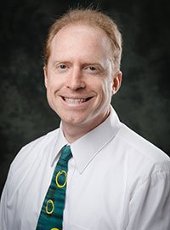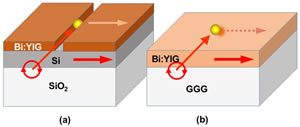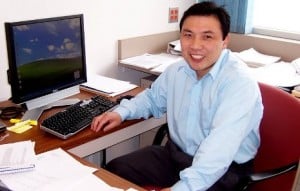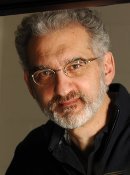
Miguel Levy (Physics/MSE/CQP) is the principal investigator on a project that has received a $82,445 research and development contract from the Air Force: Office of Scientific Research. The project is titled “Materials Processing for Heterogeneous Integration of Optical Isolators: Phase 2.” This is a two-year project.
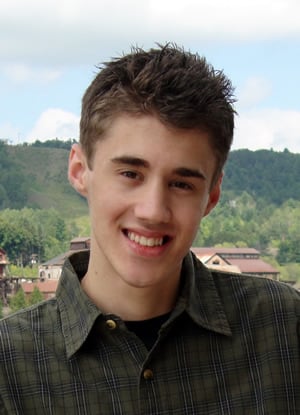
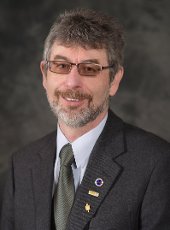
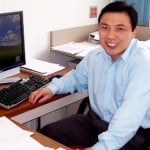
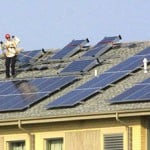
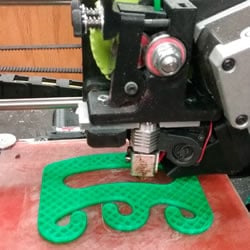 In the News
In the News